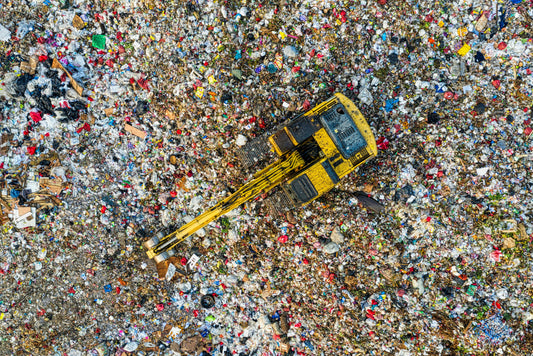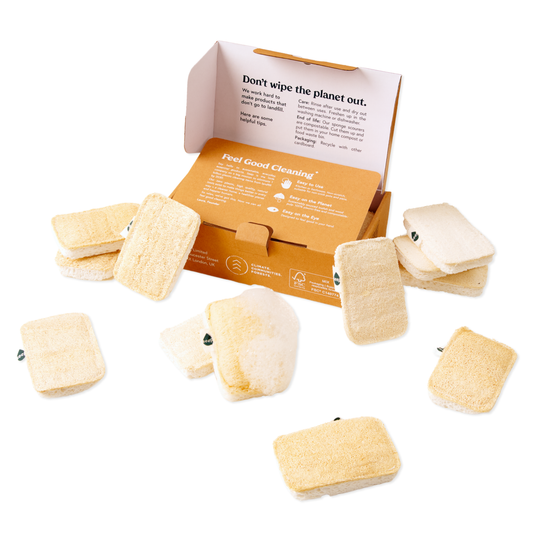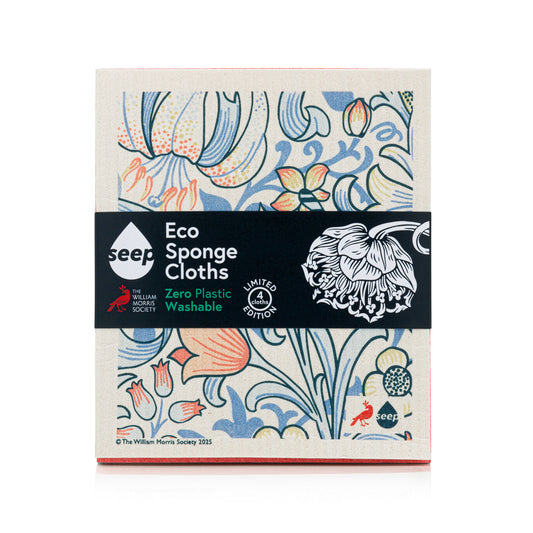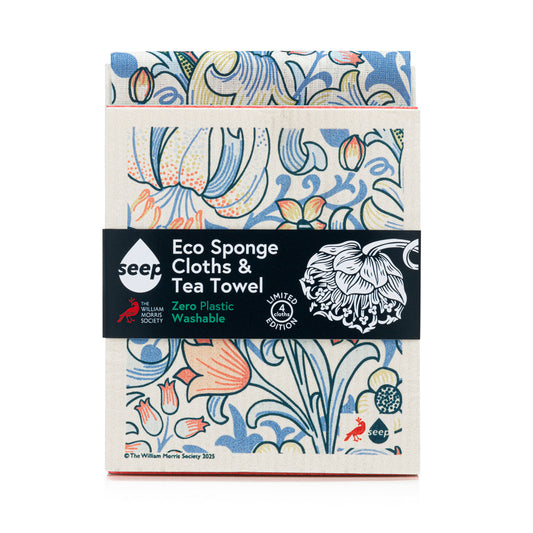
The importance of environmentalism has been on the lips of the general public ever since 2002’s “An Inconvenient Truth” slapped us in the face with the prospect of climate change and global warming. The world heating up by a few degrees might not sound like much, but it makes a huge difference to the way our planet works and people’s livelihoods.
Fast forward to 2006 and “Carbon Neutral” was declared “word of the year’, something which is usually dubbed as “forward-looking” (oh how right they were). Now, the phrase “Climate Positive” is cropping up a lot in the eco space. With many companies committing to become climate positive or carbon negative (like us!), the idea of more than offsetting your carbon footprint is taking over.
Here at Seep, we’ve partnered with climate charity On A Mission and they’re helping us understand what it means to be climate positive.
Climate positive meaning (or carbon negative)
Trying to read up on the definition of carbon negative/climate positive can sometimes be a little confusing - so we want to keep it simple. For this post, we’re going to refer to it as simply climate positive, but the two are interchangeable.
If you think of carbon neutral as ending up with net zero carbon emissions, climate positive means you are removing additional carbon from the atmosphere, whether you put it in or not.
How does climate positive work?
When you want to become climate positive, you need to start with a full understanding of your carbon emissions. For businesses like ours, On A Mission calculates our carbon emissions by understanding our products and operations. For individuals it works just the same. Here are some of the things that will push your carbon emissions up:
- Electricity - how much you use and whether it’s from renewable sources
- Flights - how far and how frequently you fly
- Shipping - how far and what type of transport is used for your products
With the maths all done, you can then arrange to offset your emissions by financially supporting an equivalent carbon offset certification scheme (or some people refer to them as carbon credits) or if you offset more than your actual emissions you are climate positive.
So, how do you create a carbon certification? Well, one of the most effective ways is through reforestation. On A Mission, analyse reforestation projects around the world and select those that are the most effective and most beneficial on local communities and biodiversity.
When Seep committed to becoming 3.5X climate positive, On A Mission took on the task of calculating and tracking how much this will cost. They’ll then use this money to plant trees in the projects they support and monitor their progress. So boom, we erase our carbon footprint completely, and put down some more trees in its place.
Since our lifestyles and everyday choices drive our carbon footprint, we all need to see how we can reduce our carbon footprint at the same time as offsetting. For Seep this is about finding more local suppliers or finding lower cost shipping options. For individuals this could also be about using the flying less or switching energy providers.
Which companies are climate positive?
There are plenty of great companies out there who have a dedicated action plan to emit less carbon (including us!). If you’re wanting to buy from climate positive companies, head on over the On A Mission website to see the other great businesses they are working with to ensure a greener planet - including Wild, Goodwings and Honest Mobile.
It’s not just the smaller companies taking the plunge, either. Many larger and well-known companies are pledging to the climate positive life. Etsy and Sendle are currently offsetting all shipments from their platforms - a combined effort of removing twice the carbon emissions that were created (another great reason to shop handmade and local).
It’s undeniable that climate positive is having a serious moment this year, even gigantic brands like Amazon, Starbucks and Microsoft are all committing to be carbon negative in the coming years (the latter want to remove all of their historical carbon emissions by 2050!). And IKEA has set out concrete plans to become climate positive by 2030. A definite win for the environment!
Are Seep products climate positive?
The short answer is: YES!

When you buy Seep products, you’ll be supporting a company that is 100% committed to be climate positive. By partnering with On A Mission, we are supporting their fantastic reforestation projects (which they monitor via satellite, so cool!) and taking out more carbon from the atmosphere than we are putting in.






